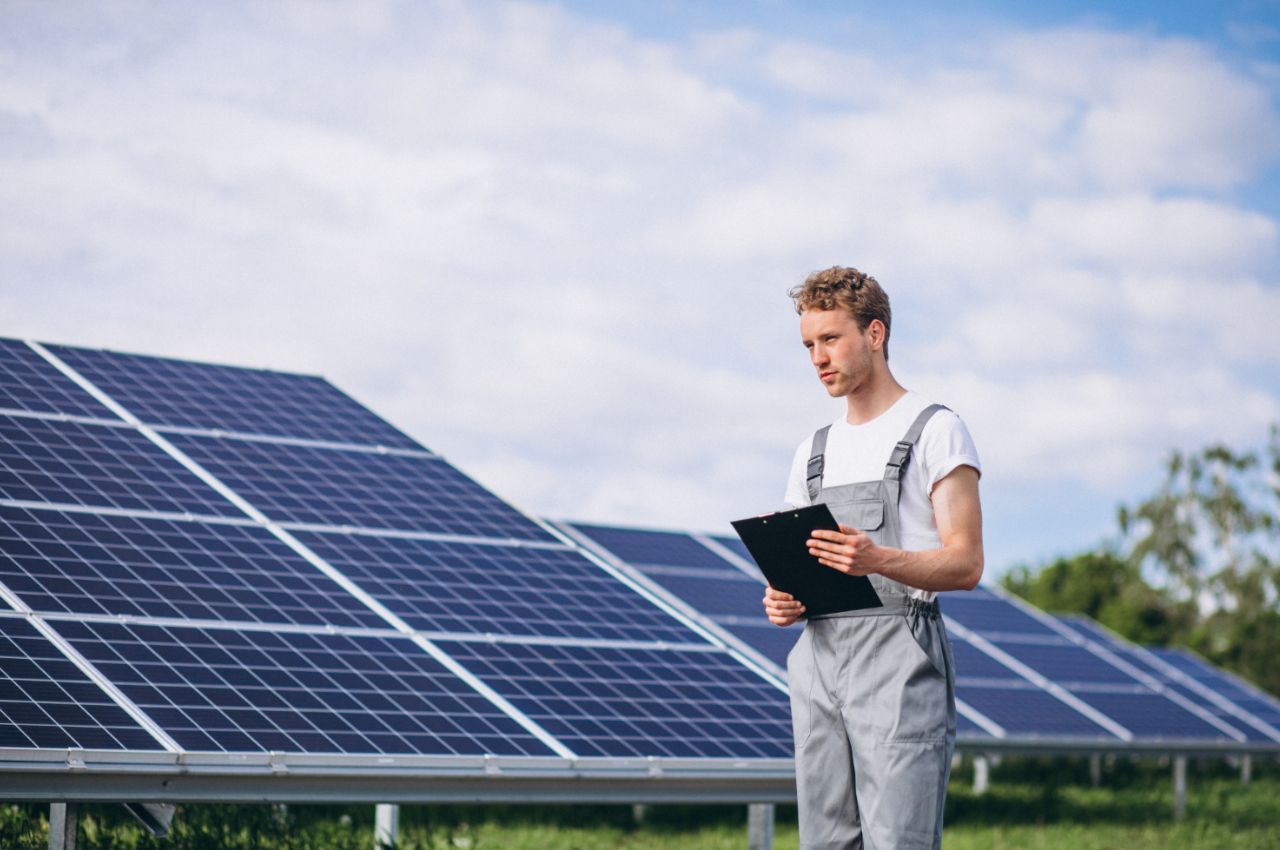
In the ever-evolving landscape of sustainable energy, solar power stands out as a beacon for homeowners seeking both environmental friendliness and long-term cost savings. Embarking on the solar panel journey is a significant decision that requires careful consideration of various factors. Let’s delve into the comprehensive guide for determining the right number of solar panels for your home.
How much is Your Energy Consumption?
Before venturing into the solar realm, a meticulous examination of your energy needs is paramount. Start by looking past utility bills to identify the “Kilowatt Hours (kWh)” Used to calculate daily and hourly averages, and add a 25 percent cushion to accommodate variations in solar panel efficiency. This foundational step not only aids in determining the ideal number of solar panels but also sets the stage for a more efficient and sustainable energy strategy tailored to your home.
Estimating Sunlight Exposure
The sunlight exposure your location receives plays a pivotal role in optimizing your solar panel system. Consider your geographical location and climate, recognizing that regions like Phoenix boast more sunlight. Convert hourly usage to watts by multiplying by 1,000 and then dividing by daily peak sunlight hours to determine the hourly energy production needed. This step ensures that your solar system is designed to harness the maximum potential of solar energy based on your specific location.
Solar Panel Efficiency
Not all solar panels are created equal, and understanding their efficiency is crucial. Efficiency, measured by how well panels convert sunlight into energy, should be a focal point. High-efficiency panel cells, renowned for superior absorption without delamination issues, along with microinverters on each panel optimizing power conversion, promise a more robust and reliable solar energy system. Efficiency isn’t just about generating more power; it’s about doing so consistently and durably.
Required Solar Panels Size
The size of your solar panels is a critical factor in maximizing energy production. Evaluate the physical size and exposure of your roof, keeping in mind that larger roofs may accommodate larger, less efficient panels, while smaller or shaded roofs benefit from smaller, high-efficiency panels. Understanding typical residential solar panel dimensions, such as solar panels at 61.3 inches by 41.2 inches, ensures efficient use of roof real estate for maximum energy production. Remember to mind the weight; some solar panels are among the lightest at 33 pounds.
Understanding Net Metering
Net metering adds a financial layer to your solar investment, impacting its overall viability. This system allows you to receive credits for excess solar energy generated during sunny periods, which can then be utilized during conventional power grid use, such as at night. When assessing the financial impact and savings potential of your solar installation, considering net metering becomes crucial. It transforms your solar system into not just a clean energy source but also a strategic financial investment.
Conclusion:
Embarking on the solar panel journey is a holistic endeavor that demands careful evaluation of your unique circumstances. By understanding your energy needs, considering sunlight exposure, selecting efficient panels of the right size, and factoring in net metering, you position yourself for a successful solar installation. This journey contributes to a sustainable future and promises tangible financial benefits. Consulting with a professional solar installer with over a decade of experience ensures a tailored approach, making your investment in solar power both efficient and rewarding.


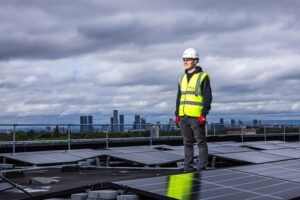
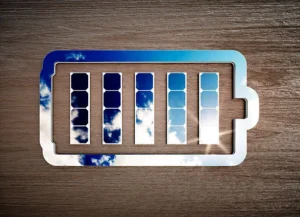
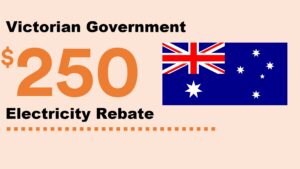
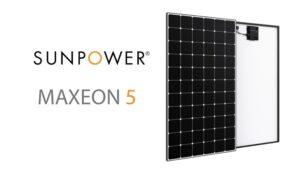
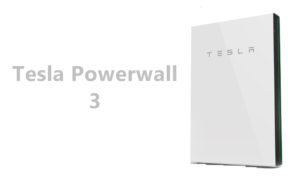
3 thoughts on “How Many Solar Panels Do You Need?”
Comments are closed.